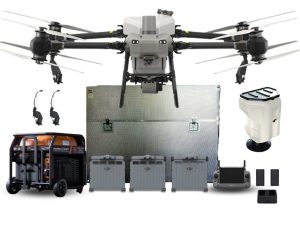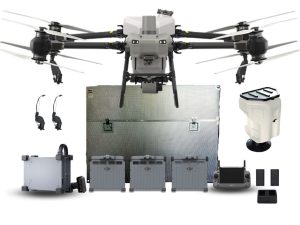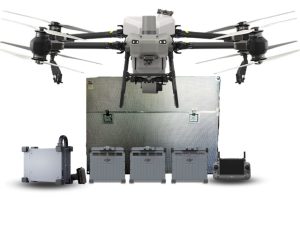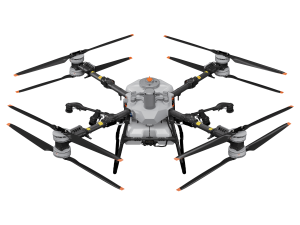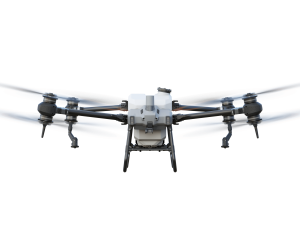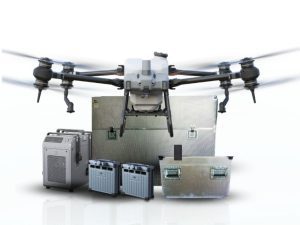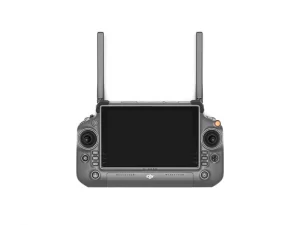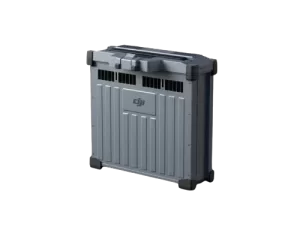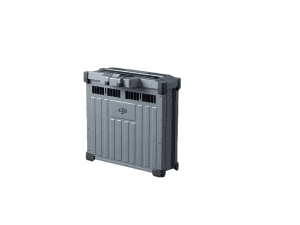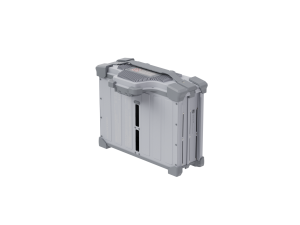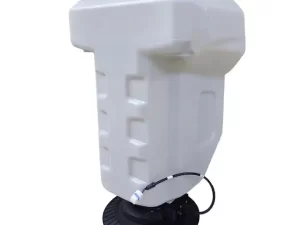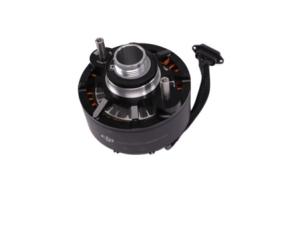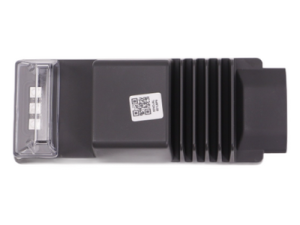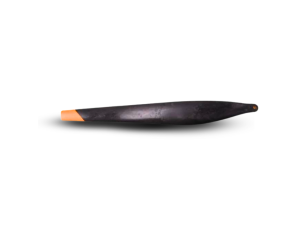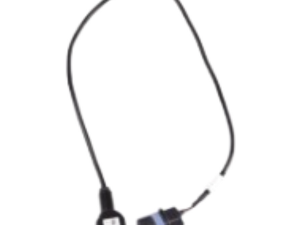DJI Agriculture
Big Drone, Big Jobs
DJI Agriculture equips professionals with powerful equipment and intelligent solutions that save time and improve workflows, serving customers from farmers to cooperatives and service agencies. Its latest breakthrough, the T100 Agricultural Drone carries up to 100 kg, doubles operational efficiency, and handles spraying, spreading, and lifting tasks with industry-leading safety systems and advanced algorithms for unmatched performance.
Bundles
Models
BENEFITS OF USING DRONES FOR AGRICULTURE

Plant Health Monitoring
Multispectral drones analyze plant health by detecting stress from disease or nutrient deficiencies, enabling targeted fertilization and better crop management. Thermal imaging drones reveal moisture levels across fields, helping farmers optimize irrigation and reduce water waste, boosting both efficiency and sustainability in agriculture.
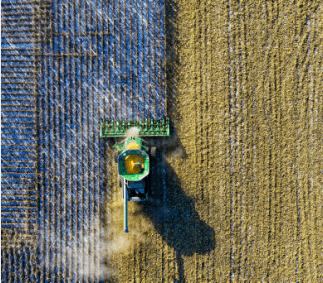
Precision Agriculture
Precision agriculture uses technology to maximize crop yield and minimize waste. Drones play a key role by capturing high-resolution images and environmental data like soil moisture and temperature to help farmers detect crop stress and make informed decisions. This leads to better irrigation, targeted fertilization, higher yields, and lower costs.

Crop Spraying
Agricultural spraying with drones is a modern method that’s rapidly growing in popularity. Drones can cover large areas quickly, apply precise amounts of pesticides or fertilizers, and reach terrain traditional equipment can’t. This improves efficiency, reduces waste, and can lead to better crop yields.

Livestock Surveillance
Drones can also be used for livestock surveillance, such as tracking livestock movements, identifying sick animals, and checking the condition of pastures and fences. Overall, drones can help farmers make better decisions, improve efficiency, ultimately leading to higher profits and more sustainable agriculture.
Gain some Insight….
What’s next for crop and livestock health monitoring?
We know farming is about understanding what’s going on in the fields. Conduct field analyzes with the goal of improving yield, efficiency, and data collection. Mapping with software like DroneDeploy gives agricultural clients detailed insights into their crops that are unrecognizable by foot or land-based methods.
BENEFITS OF USING DRONES FOR AGRICULTURE

Plant Health Monitoring
Multispectral drones analyze plant health by detecting stress from disease or nutrient deficiencies, enabling targeted fertilization and better crop management. Thermal imaging drones reveal moisture levels across fields, helping farmers optimize irrigation and reduce water waste, boosting both efficiency and sustainability in agriculture.

Precision Agriculture
Precision agriculture uses technology to maximize crop yield and minimize waste. Drones play a key role by capturing high-resolution images and environmental data like soil moisture and temperature to help farmers detect crop stress and make informed decisions. This leads to better irrigation, targeted fertilization, higher yields, and lower costs.

Crop Spraying
Agricultural spraying with drones is a modern method that’s rapidly growing in popularity. Drones can cover large areas quickly, apply precise amounts of pesticides or fertilizers, and reach terrain traditional equipment can’t. This improves efficiency, reduces waste, and can lead to better crop yields.

Livestock Surveillance
Drones can also be used for livestock surveillance, such as tracking livestock movements, identifying sick animals, and checking the condition of pastures and fences. Overall, drones can help farmers make better decisions, improve efficiency, ultimately leading to higher profits and more sustainable agriculture.
Gain some Insight….
What’s next for crop and livestock health monitoring?
We know farming is about understanding what’s going on in the fields. Conduct field analyzes with the goal of improving yield, efficiency, and data collection. Mapping with software like DroneDeploy gives agricultural clients detailed insights into their crops that are unrecognizable by foot or land-based methods.
Efficient operation, Outstanding performance.
DJI Agras T100 features:
Bigger Loads, Faster Flow, Better Efficiency
The T100 Spreading System has been fully upgraded, with double the load capacity, and a 270% increase in flow rate. Equipped with a brand-new screw feeder, it is suitable for various granulars and can handle spreading scenarios in large fields, orchards, aquaculture, and more.
Your Transport Assistant
The T100 transforms into a transport solution. With a lifting maximum capacity of 100 kg. Features like auto balance control , weight detection, and automatic navigation to loading and unloading points make it adaptable to various agricultural transport scenarios.
Enhanced Obstacle Avoidance Capabilities
With advanced multi-sensor fusion and upgraded algorithms, the T100 achieves a higher success rate in avoiding various obstacles. Its precision in detecting smaller obstacles is significantly improved, ensuring safer and more reliable operations.
Omnidirectional Sensing, Precise Obstacle Detection
T100 is equipped with advanced technologies, including a new LiDAR, millimeter-wave radar, and a Penta-Vision system. These features enable comprehensive environmental awareness, allowing for precise obstacle detection.
- LiDAR: Capable of capturing dense spatial point cloud up to 300,000 points per second, providing a detailed view of complex terrains.
- Millimeter-Wave Radar: The front radar performs 5,000 vertical airspace scans per second combined with 360° horizontal mechanical rotation scanning, along with a rear radar offering a more comprehensive detection range.
- Penta‑Vision System: a quad‑camera array plus an FPV low‑light color cam delivers full 360° coverage with obstacle detection, while its virtual‑gimbal and stabilization algorithms ensure ultra‑wide, shake‑free footage.
- Night Navigation Light: In addition to the existing low beam lights, new front-facing high beams and downward supplemental lighting have been added, ensuring safer nighttime operations.
Rigorous Testing Standards
The T100 has undergone 700 hours of reliability testing, including real-flight aging, accelerated component fatigue, and extreme temperature evaluations. These ensure stability and reliability, delivering unmatched performance under various conditions.
DJI Agras T100
The T100 comes equipped with a 100 L tank and dual atomizing centrifugal sprinklers, enabling faster flight speeds, wider spray coverage, and higher operation efficiency for large-scale field applications. Orchard users can choose an optional mist sprinkler set, which upgrades flow rates and atomization effects to penetrate dense canopies and reach the undersides of leaves on tall, thickly-canopied trees, ensuring outstanding versatility and performance across various agricultural tasks.
DJI Agras Drones VS Manual Farming
Precision and Efficiency:
DJI Agras drones offer numerous advantages over traditional manual farming practices. One of the most significant benefits is precision and efficiency. These drones are equipped with advanced GPS and mapping technology, allowing farmers to precisely target specific areas in the field for pesticide or fertilizer application. This targeted approach minimizes waste and reduces the environmental impact, as only the necessary amount of resources is used. Moreover, the drones can operate autonomously, covering large areas of land in a relatively short time, saving valuable labor hours compared to manual methods.
Cost-Effectiveness and Environmental Consideration:
Compared to crop spraying planes, DJI Agras drones provide several key advantages. Firstly, drones are more cost-effective to operate, especially for smaller farms or fields with irregular shapes. Crop spraying planes require larger areas for take-off and landing, limiting their accessibility to certain locations. In contrast, drones can take off and land in smaller spaces, making them suitable for farms with limited infrastructure. Additionally, the precise application capability of Agras drones helps reduce chemical drift, ensuring that neighboring crops, water sources, and wildlife are less affected by the spraying process. This level of accuracy and environmental consideration can be challenging for crop spraying planes to achieve.
Safety and Data-Driven Decision Making:
Another advantage of using DJI Agras drones is the safety factor. Compared to manual farming practices, which might involve exposure to potentially hazardous chemicals and repetitive physical labor, drone operators can keep a safe distance from the spraying process. This reduces the risk of accidents, chemical exposure, and overall strain on the farmer’s health. In comparison to crop spraying planes, drones operate at lower altitudes, which minimizes potential risks associated with aerial operations. The lower altitude also allows for better resolution imaging, which can be used for crop monitoring, identifying problem areas, and making data-driven decisions to optimize farm management.
| Aspect | DJI Agras Drones | Manual Farming | Crop Spraying Planes |
|---|---|---|---|
| Precision and Efficiency | High | Moderate | Moderate |
| Cost-Effectiveness | High | Moderate | Low |
| Environmental Impact | Low | Variable | Variable |
| Accessibility | High | Variable | Low |
| Safety | High | Low | Moderate |
| Data Collection | Yes | No | Limited |
DJI Agras drones offer a compelling set of advantages over manual farming and Crop-Spraying Planes, empowering farmers with advanced technology to make data-driven decisions, improve resource management, and promote sustainable agricultural practices. By embracing drone technology, farmers can stay competitive in a rapidly evolving agricultural landscape while positively impacting the environment.
DJI Agras T100
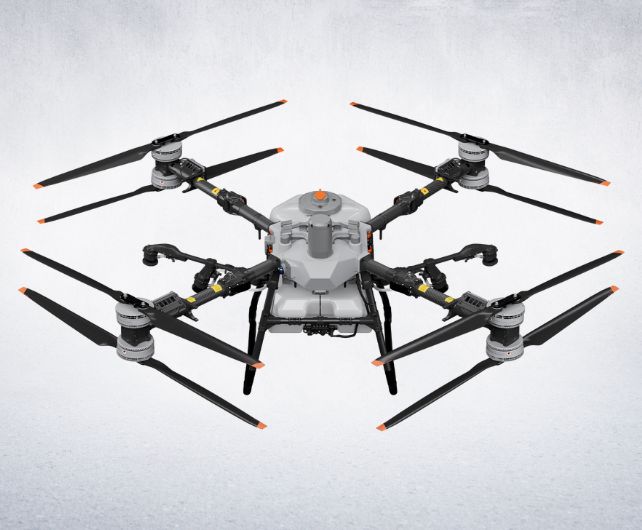
DJI Agras T50

DJI Mavic 3 Multispectral

DJI Agras Accessories

Let’s get to know each other.
Talk to each other occasionally.
And build a sustainable business relationship.
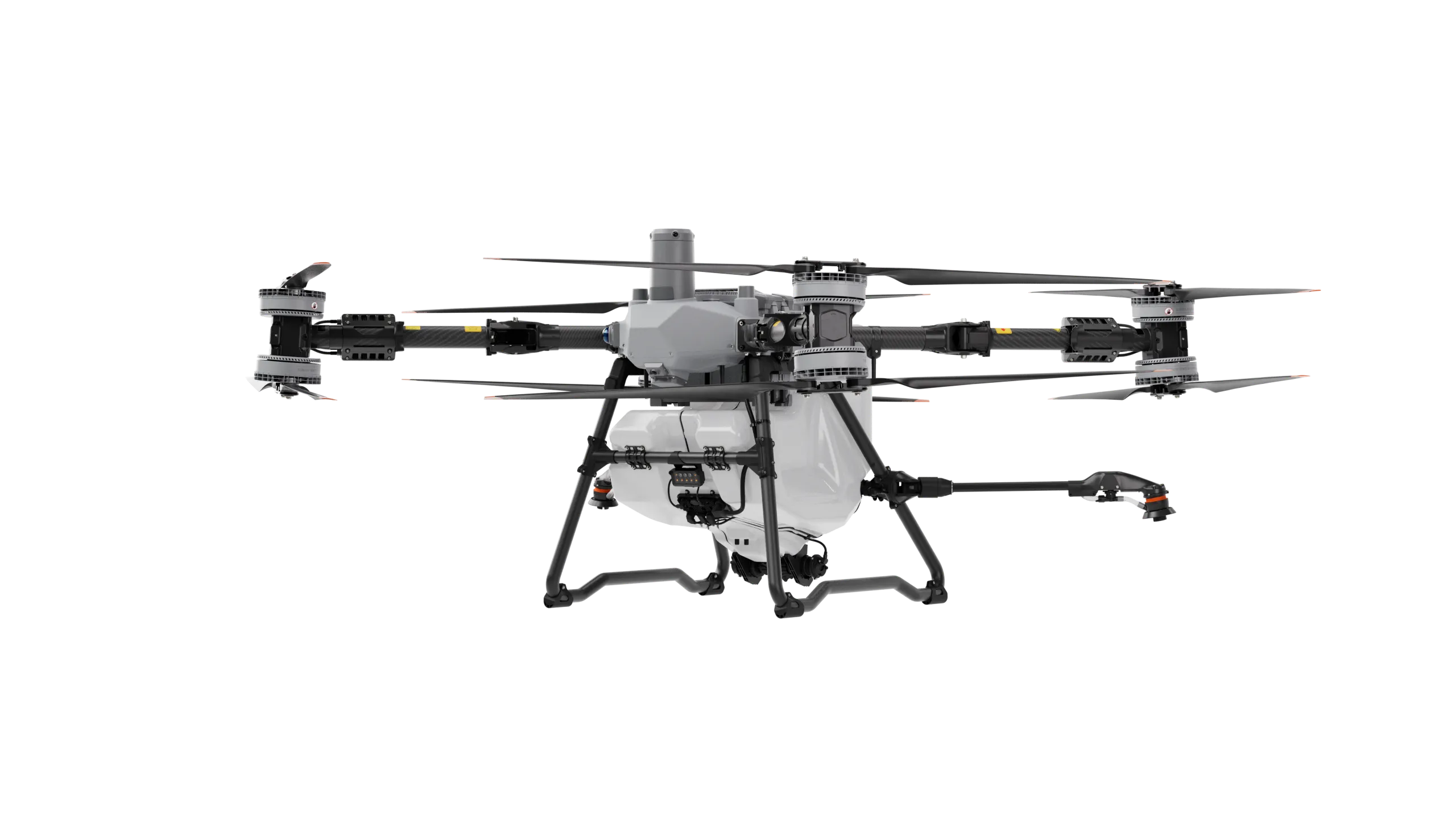
Register to receive an email when stock arrives.
DJI Agras T100

DJI Agras T50

DJI Mavic 3 Multispectral

DJI Agras Accessories


